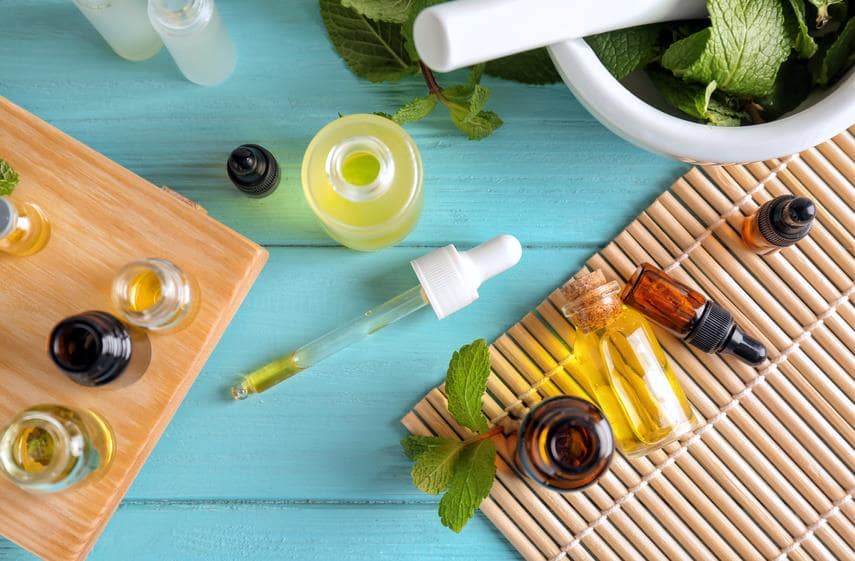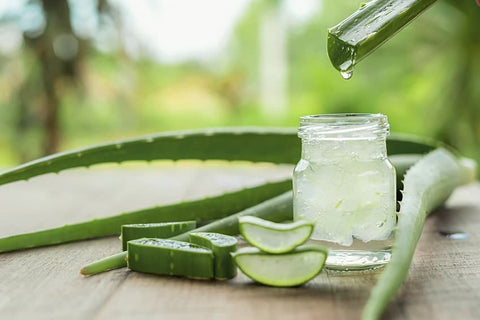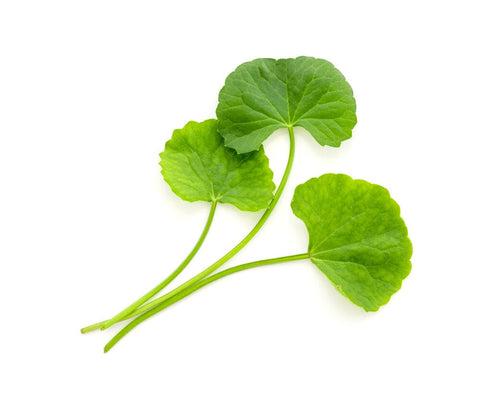
Our 5 Favorite Korean Skincare Ingredients
Skincare ingredients in the Korean beauty trend emphasize natural beauty and self-care. It's a global phenomenon with lasting impact.
And while the 10-step Korean skincare routine may seem daunting, it’s worth noting that their ingredients are simplistic, yet effective, and are mostly derived from botanicals used in ancient Korean medicine, or hanbang.
Discover our top 10 favorite skincare ingredients that we've incorporated into our own products!
1. Hyaluronic Acid
If you’re already a skincare junkie, hyaluronic acid’s an elementary ingredient, but that certainly doesn’t detract from its benefits! Hyaluronic acid is a powerful hydrator, keeping skin plump and youthful by retaining water. Hyaluronic acid is alsp great for keeping the skin elastic and reducing fine lines and wrinkles.
2. Bamboo Extract
Bamboo extract, rich in silica, is use in South Korea for centuries. Silica is a natural mineral that helps store moisture and promote collagen production for healthier skin. Also, bamboo comes with antioxidants and essential amino acids.
3. Aloe Vera
Aloe vera comes from the fleshy insides of aloe plants, it is also a soothing plant for burns and sunburns, but it’s also a highly hydrating plant that can help bring down inflammation.
4. Ginseng
Filled with vitamins, minerals, and antioxidants, ginseng works as both a shield for your skin and as a complexion booster, as it helps rid the skin of free radicals caused by the sun, and helps encourage healthy skin cell turnover.
5. Oryza Sativa
Oryza Sativa refers to rice bran, or the outer layer of the rice kernel, and its extract can be use to condition and soften cracked, dry skin. Rice bran extract is rich in minerals, antioxidants, and omega-3 fatty acids, which make it a high nutritious ingredient for nourishing your skin.
6. Green Tea
Green tea is a “superfood,” but it’s nutritious for your skin, as well! It is rich in anti-aging antioxidants, polyphenols, and tannins. Also, these components help balance oiliness, clarify clogged pores, and provide numerous benefits for the skin.
7. Centella Asiatica
Centella asiatica, also known as “pennywort”, “cica,” or “gotu kola,” is a perennial herb known for its use in ancient Chinese and Korean medicine. In addition, modern skincare, it’s praised for its wealth of amino acids, and it’s become widely used for healing the natural skin barrier, reducing redness, and restoring hydration.
8. Plant-Derived Squalane
Squalane is found naturally occurring in our skin, and while it’s been previously harvested from shark livers, ethical brands choose squalane derived from plant-based ingredients like olives, wheat germ, and rice bran. Squalane is a powerful antioxidant, which allows it to help soften the skin and fight damage brought on by pollution and sun damage. And those with sensitive skin don’t need to worry about squalane clogging their pores, as it’s non comedogenic and easily absorbs into the skin.
9. Calendula
Calendula officinalis, also known as “calendula” or “marigold,” packs a ton of antioxidants and flavonoids, but it’s also a gentle ingredient that may contain soothing properties, making it suitable for those with eczema.
10. Titanium Dioxide & Zinc Oxide
We know how much damage the sun can do on our skin; that’s why using sun protection is crucial. But we also want to make sure that our SPF is safe for our oceans and reefs. Also, this is where titanium dioxide and zinc oxide come in! These two minerals tend to be the active ingredients in physical sunscreens, as they protect our skin from the sun without causing irritation. These are also key in mineral foundations, which are far more gentle on the skin than traditional foundations.






